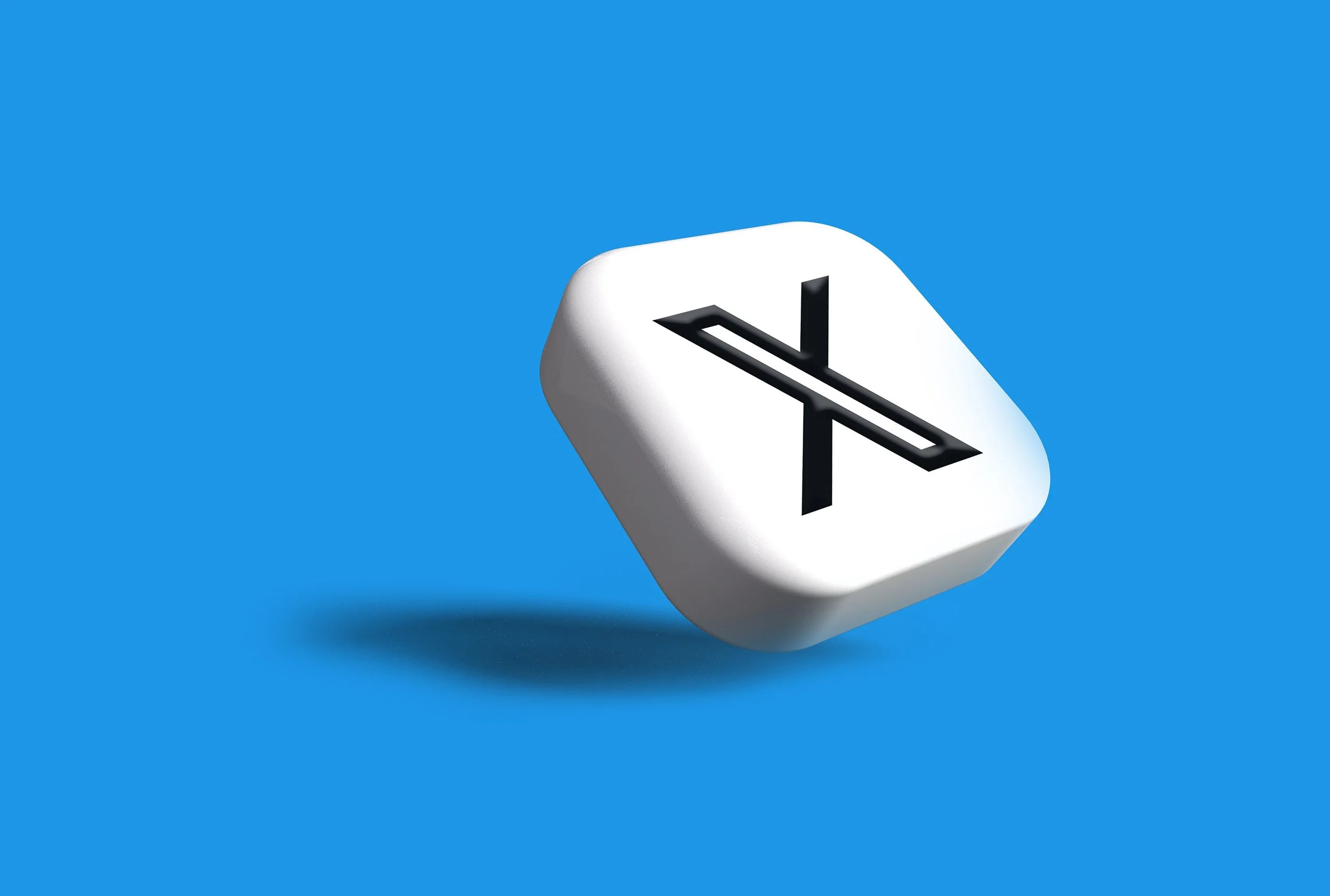You Have My Permission to Leave Twitter (or rather, X)
/I quit Twitter in the summer of 2021. My mom had just died, I was starting a demanding new job on an interim basis, and had experienced some hostile interactions on the platform. I thought a break would be liberating, so I resolved to step away from Twitter for three months. No announcing my departure as some folks are apt to do, I just walked away.
And I never came back.
I’ve been somewhat of an evangelist for quitting Twitter for a few years now. Once Elon Musk bought Twitter in October 2022, I became even more convinced that the platform would no longer be a viable place for meaningful conversations to thrive. Musk has implemented numerous changes in his reign so far, many of which are generally agreed to be poor choices that negatively affect user experience.
So what does this mean for you or your business? If you’ve been hanging on to Twitter (or rather, X, as Musk rebranded it in July 2023), in the hopes that it still has some kind of value, this is your sign that it’s okay to walk away.
How has Twitter/X changed?
There have been so many changes to Twitter in the past few years that it’s easier to summarize them in a list:
Rebranding: Transformed from Twitter to X literally overnight.
Verification changes: Verification is available for anyone who pays for Twitter Blue (now called X Premium). As expected, this got messy quickly. For example, a random fan account of one of my clients started using a profile picture of my client, a display name similar to my client, and paid for a blue check mark. From a branding perspective, it’s a nightmare. This change has sparked an increase in confusion, mistrust, and misinformation on the platform. Verified users were once relatively trustworthy–they were celebrities, journalists, major corporations–now verified users prompt skepticism more than anything else.
Paid features: Tweetdeck (now X Pro), a helpful tool for social media managers to monitor online conversations, is now only available to paying subscribers. This has had a significant impact on my client work; it’s harder to follow and engage with our community on X without this useful tool that had always been free in the past.
Content moderation changes: X has seen decreased content moderation and increased bot traffic. These days, it’s much more common to see spam, including straight-up porn, in the replies on Twitter, rather than thoughtful conversations. There’s also no shortage of hate speech and misinformation.
This is only the tip of the iceberg with Twitter changes in the past year and a half, but they’re some of the most impactful ones. Recently, Musk announced that all new users will have to pay a small fee to post on the platform. I can’t imagine that will help grow the declining user base.
Who is using Twitter/X now?
Twitter has always been a less popular platform than giants like Facebook, Instagram, and more recently, TikTok. It currently sits at 368M active users (compared to 3B on Facebook, 2B on Instagram, and 1.9B on TikTok). Twitter/X is projected to lose 32 million users by the end of 2024. It’s also skewed heavily male since Musk took over; 63% of users are male and 37% are female. Anecdotally, many women report experiencing more harassment on the platform since Musk’s takeover.
What value does the platform still hold as a marketing tool? Who should stay on Twitter/X?
I’ll be honest: I see very little value in remaining on Twitter/X at this point. If you’re marketing to men, particularly right wing folks or crypto enthusiasts, then perhaps it’s still a valuable marketing tool.
There are better, safer platforms for reaching most other audiences. If you’re marketing to millennials, Gen Z, women, boomers, working professionals–there are other options available that don’t involve having to wade through spam, porn, and hate speech on a daily basis.
What should I do if I’m ready to leave Twitter/X?
There are different ways to leave–you don’t necessarily have to delete your account! Whether you’re considering leaving your personal account or walking away as a business, one good option is to stop using Twitter but leave your account up.
I know, I know, you may want to be done for good. However, if you delete your account, your username may become available again for others to use. This could be particularly dangerous for businesses if someone snags their username, uses their logo, pays for a blue check mark, and starts impersonating the brand.
Leave the account up (consider switching it to private, especially if it’s a personal account), pin a tweet saying the account will no longer be actively monitored, and move on. You have my permission. Go!
Final thoughts
In some ways, this may be a personal decision (moreso for your personal account than for a client or your employer). Do you hate the direction the platform is going? Are you unwilling to support Elon Musk and the harmful ideologies he regularly shares online? That’s a good indicator that it’s time to walk away. There’s no need to stay on a platform when you’re unhappy with the direction it’s going and you’re ideologically opposed to the owner’s hateful views.
The decline of Twitter is a good reminder that it’s necessary to diversify your social media presence. Putting too many eggs in one basket can backfire. Consider where your audience enjoys spending time online and choose your platforms accordingly. Going all-in on Meta products, like solely using Facebook and Instagram, can be just as problematic as focusing too much on a single platform. Find the mix that works for you and your audience, keep an eye on emerging platforms, and be flexible!
Don’t forget, the platforms you own are incredibly valuable marketing tools. Social media platforms are rented real estate. Nothing can replace a great website full of helpful content and an engaging email newsletter, so consider investing in those pieces of the content marketing puzzle if you’re not already!
Questions about Twitter and the ever-evolving social media landscape? Book a consultation!



